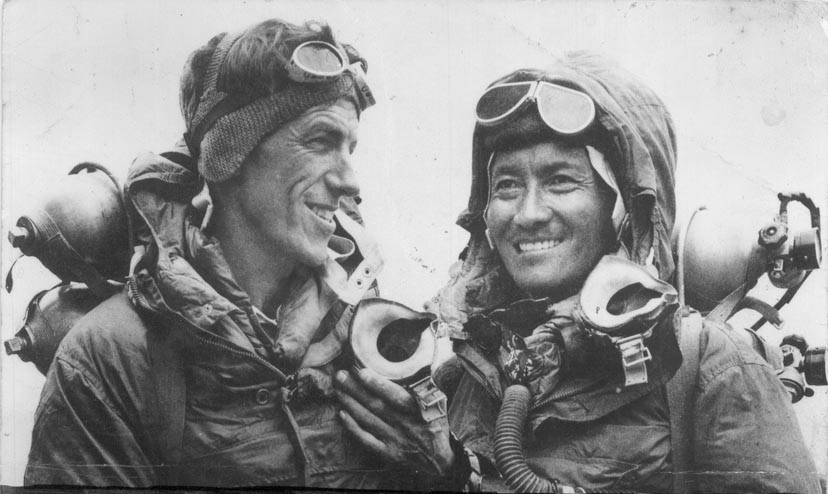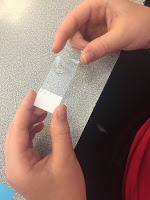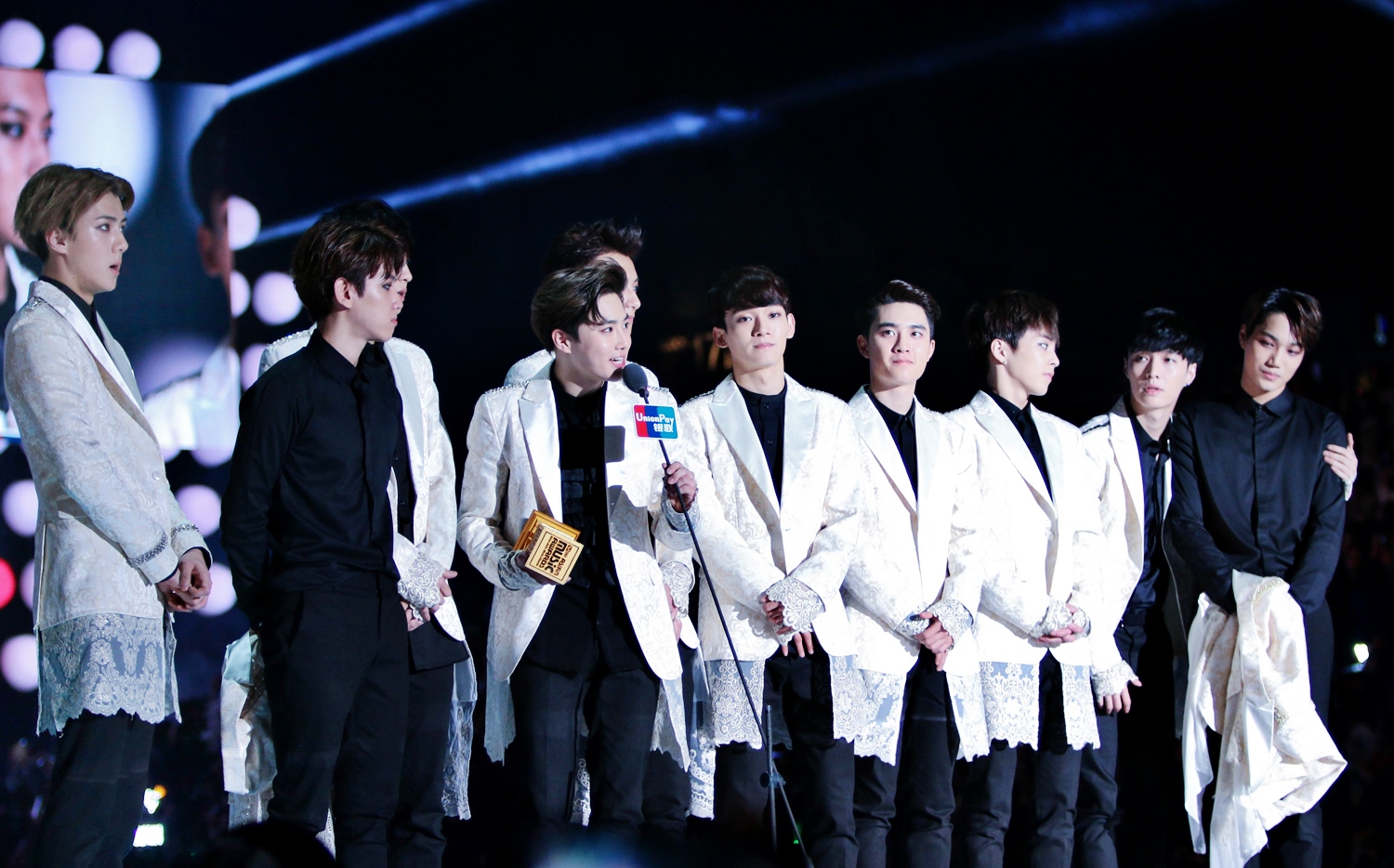SUMMER LEARNING JOURNEY 2019 - 2020
WEEK 1: PHYSICAL LIMITS 🏃🏾♀️
DAY 2: UP IN THE AIR ✈️💨
---
ACTIVITY 1: FLYING SOLO 👩✈️
TASK INFORMATION BELOW:
| Image Attribution: Amelia Earhart in airplane, Library of Congress Prints and Photographs Division Washington, Public Domain. |
Amelia Earhart was an American aviator who lived at about the same time as Jean Batten. Like Jean, she also flew solo. In fact, she was the first female aviator to fly solo across the Atlantic Ocean. She flew all the way from Canada to Northern Ireland on her own without stopping. In 1937, Amelia Earhart attempted to circumnavigate (go right around) the world. Unfortunately, the flight ended in tragedy when she disappeared near Howland Island, about halfway between Australia and Hawaii. She was never found.
---
BLOGGING TASK:
For this activity, compare and contrast these two aviators. You could use this venn diagram.
On your blog, share your comparison between the two women and be sure to include at least three similarities and three differences between these two aviators.
---
👩✈️ AMELIA EARHART AND JEAN BATTEN 👩✈️
✈️ SIMILARITIES AND DIFFERENCES 💨
✈️ SIMILARITIES AND DIFFERENCES 💨
Task Description: Kia Ora fellow blog-viewers! This is the first task of day 2 (up in the air) of the Summer Learning Journey. Today my friends, I learnt about two amazing women, who both had a great passion for flying solo. These two women were Jean Batten and Amelia Earhart. The first thing I did was read the task information. It gave a us a short background to Jean and Amelia's lives. I found a lot of very useful information while reading. Our task was to write similarities and differences between the two. For these kind of tasks I would usually use a venn diagram, but I decided to change things up a bit. I used google draw to create this activity. All graphics were drawn by me using polyline. I found a lot of information from different sites on google. I also found a site that was dedicated to Amelia's entire life! I found this task interesting and gave me a big insight into solo flying with women. Thank you for reading this post and leave a comment below :)
















